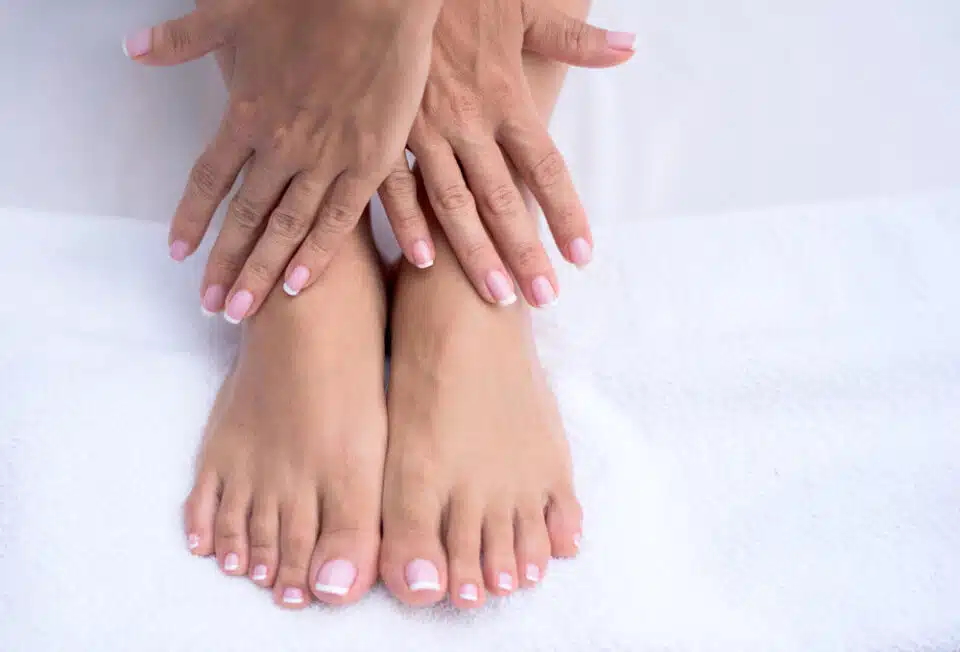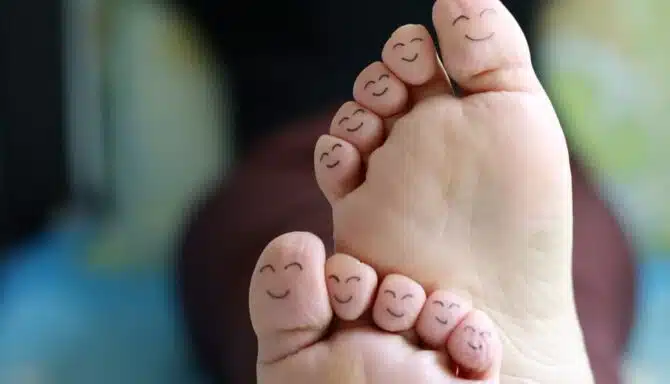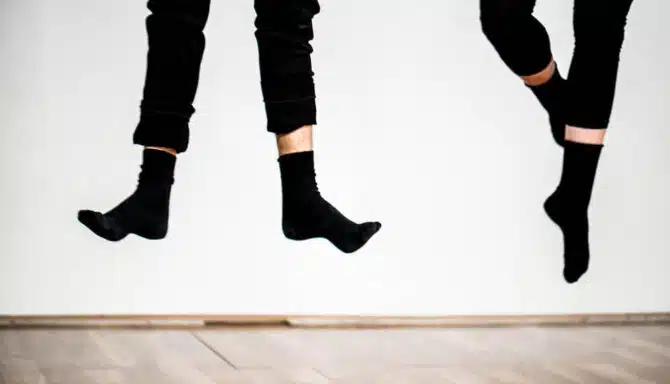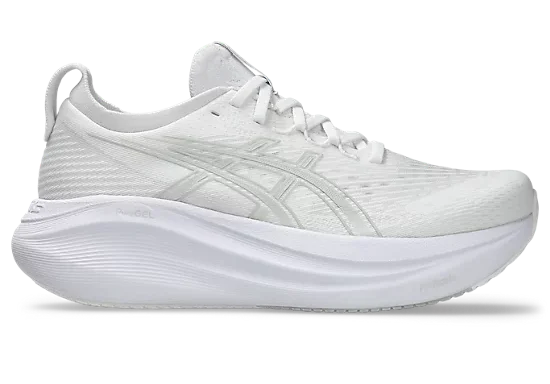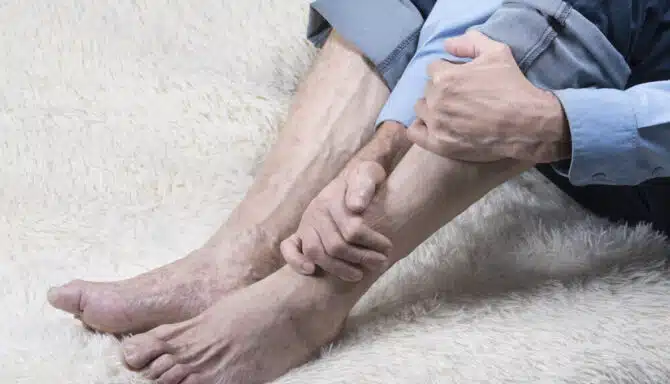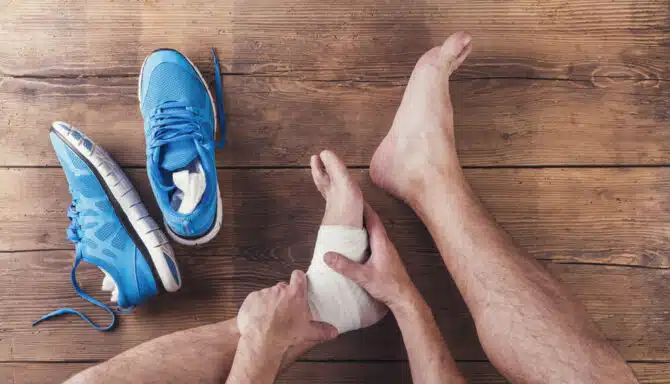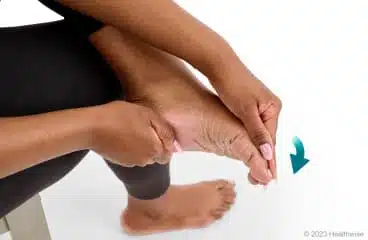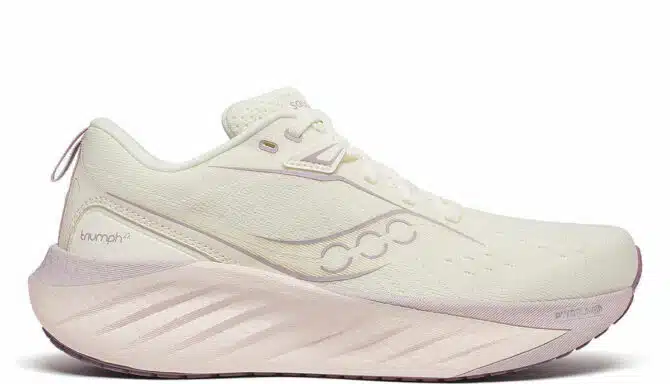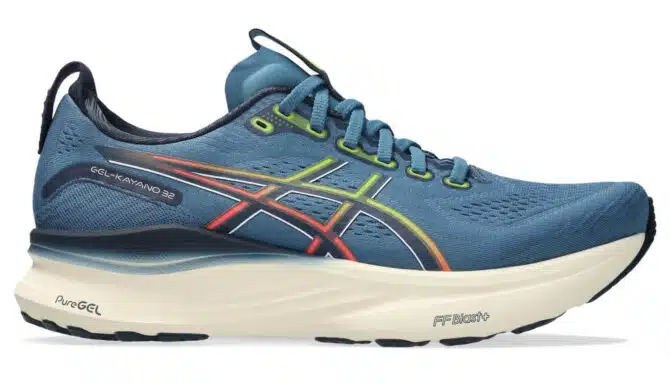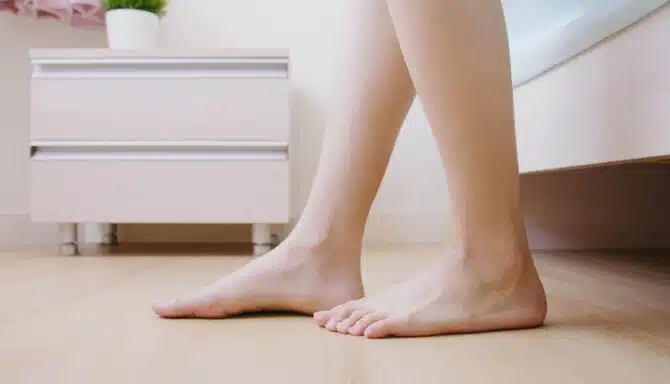Toenails are more than just a cosmetic feature; they’re protective shields that provide insight into overall toenail health, general health and well-being. Their shape, texture, and condition can indicate underlying issues, simple genetic traits, or the effects of lifestyle habits. In this article, we will explore the various types of toenails based on shape, thickness, texture, as well as medical and foot conditions.
How do Toenails Grow?
Nails grow from a specialized area of skin called the nail matrix, located beneath the cuticle at the base of the nail. This matrix contains rapidly dividing cells that produce keratin, a tough protein that forms the structure of the nail. As new cells are generated, older cells are pushed forward, gradually hardening through a process called keratinization.
The visible part of the nail, known as the nail plate, rests on the nail bed, which supplies it with nutrients and oxygen through a network of capillaries. The lunula, the pale crescent-shaped area at the base of the nail, is the visible portion of the matrix, where active growth occurs. Healthy nail growth depends on factors like blood circulation, nutrition, and overall health, with fingernails typically growing faster than toenails.
You can learn more about toenail anatomy here.
Toenail Shapes
Toenails can naturally grow in different shapes due to genetic factors, footwear, medical conditions, and nail care routines. Below are some common toenails types (and some not-so-common types as well).
1. Normal (Flat or Slightly Curved) Toenails
Healthy toenails are typically flat or slightly curved, with a smooth surface and a light pinkish hue. They are neither too thick nor too brittle and grow evenly without splitting or cracking. If your toenails are entirely white with no pinkish hue, it may indicate anemia.
2. Curled Toenails
Some people naturally have curled toenails, where the edges curve gently. This shape is common and generally poses no issues unless the curvature is extreme, leading to a higher risk of ingrown toenails. Toenails that are excessively curled are called involuted toenails. It’s important to note you should never purposely try to round the sides of your toenails with toenail clippers — always cut straight across.
3. Square Toenails
Square toenails are straight across with sharp (but not too sharp!) or slightly rounded corners. This shape is often preferred for reducing the risk of ingrown nails, as it prevents the nail from growing into the surrounding skin. When you trim your nails, or get them trimmed by a specialist like a podiatrist or chiropodist during a medical pedicure, the end result should resemble a square shape on all nails.
4. Spoon-Shaped (Koilonychia) Toenails
Koilonychia is a term for spoon-shaped toenails that curve inward, creating a concave appearance. They can be a tell-tale way to discern the difference between healthy toenails vs. unhealthy toenails. This condition may be a sign of iron deficiency, anemia, autoimmune disease, lupus and poor blood flow to the hands and feet. Regular health check-ups and iron-rich diets can help prevent or manage this issue.
5. Clubbed Toenails
Clubbed toenails are thickened and rounded, often appearing swollen and accompanied by broadening of the tip of the toes. This can be a sign of chronic respiratory or cardiovascular conditions. If toenails appear clubbed, a medical evaluation is recommended.
Toenail Thickness & Texture
The thickness and texture of toenails can reveal a lot about their health.
1. Thickened Toenails
Thickened toenails are often due to fungal infections. Thick nails infected with fungus require professional care from a Chiropodist or Podiatrist for proper maintenance and treatment because the infection is trapped and buried beneath the thickening — you won’t be able to treat it at home successfully. More on fungal infections later!
2. Brittle Toenails
Brittle toenails tend to split or crack easily and may be caused by dehydration, prolonged exposure to moisture, or certain medical conditions like hypothyroidism. Moisturizing and maintaining proper hydration can help prevent brittleness.
3. Toenails with Ridges
Vertical ridges on the toenails are common with aging and are usually harmless. Horizontal ridges (Beau’s lines) that look like indented grooves may indicate trauma, illnesses like viral infections or heart disease, severe stress and more. If Beau’s lines appear one day, you should talk to your family doctor. Subtle bands or stripes running along the nail can also be a signal you need to eat more protein.
4. Pitted Toenails
Pitted toenails have small indentations or depressions in the nail surface. This condition is often associated with psoriasis, eczema, or alopecia areata. Treating the underlying condition can help improve nail health.
The Most Common Toenail Conditions
Beyond shape and texture, toenails can be affected by various conditions that may cause discomfort or indicate a medical issue.
1. Ingrown Toenails
Ingrown toenails occur when the edge or corner of a toenail (usually the big toe) grows into the surrounding skin, causing pain, redness, and swelling. Ill-fitting shoes are a common cause; when shoes are too tight, they squeeze the toes together, increasing pressure on the sides of the toenail toenail, which disrupts the natural toenail growth pattern and forces it into the skin. High heels or narrow-toed shoes are particularly problematic because they alter the natural position of the foot and toe alignment, leading to more friction and pressure on the nail. This can result in the nail digging into the surrounding tissue, exacerbating the risk of infection and discomfort.
Additionally, improper trimming of toenails (e.g., cutting them too short or in a rounded shape) can also contribute to ingrown toenails, especially when combined with tight footwear.
Sometimes, there may be a genetic component to ingrown toenails. Certain nail shapes and growth patterns are hereditary (i.e.: involuted toenails) and can make a person more prone to developing ingrown toenails.
Chronic ingrown toenails may lead to infection, so it’s a good idea to visit a foot clinic at the first sign of discomfort. A Chiropodist can safely treat the ingrown toenail – often without surgery. OnyFix is also a great, modern option that’s completely non-invasive and stimulates a normal nail growth pattern. Both of these services are performed by foot care professionals.
2. Fungal Toenails (Onychomycosis)
Fungal infections can cause toenails to become thick, yellowish, and crumbly. This condition is common in people who frequently visit places where fungal infections breed, like moist, shared locker rooms and showers, public pools, nail salons and more. You can also get fungal toenail if you’re prone to athlete’s foot (which can then spread to the toenails). Older people, as well as people who wear shoes that trap foot sweat (and exacerbate it) are also more at risk. Keeping your nails clean and away from contagious areas is a key prevention tip.
Antifungal treatments and maintaining good foot hygiene can help control fungal infections, but it’s important to see a foot specialist to properly treat it. It is difficult to treat fungal infections on your own (unless it’s in the very early stages) because the infection occurs beneath the nail, making it hard for topical treatments to penetrate deeply enough to eliminate the fungi. The nail acts as a natural barrier, trapping the infection in the nail bed and protecting the fungus from over-the-counter creams or home remedies. Sometimes our nails being so protective can be a double-edged sword!
A Chiropodist or Podiatrist can perform nail debridement (removing infected parts of the nail to allow proper treatment) before applying a prescription-strength topical antifungal medication.
3. Discoloured Toenails
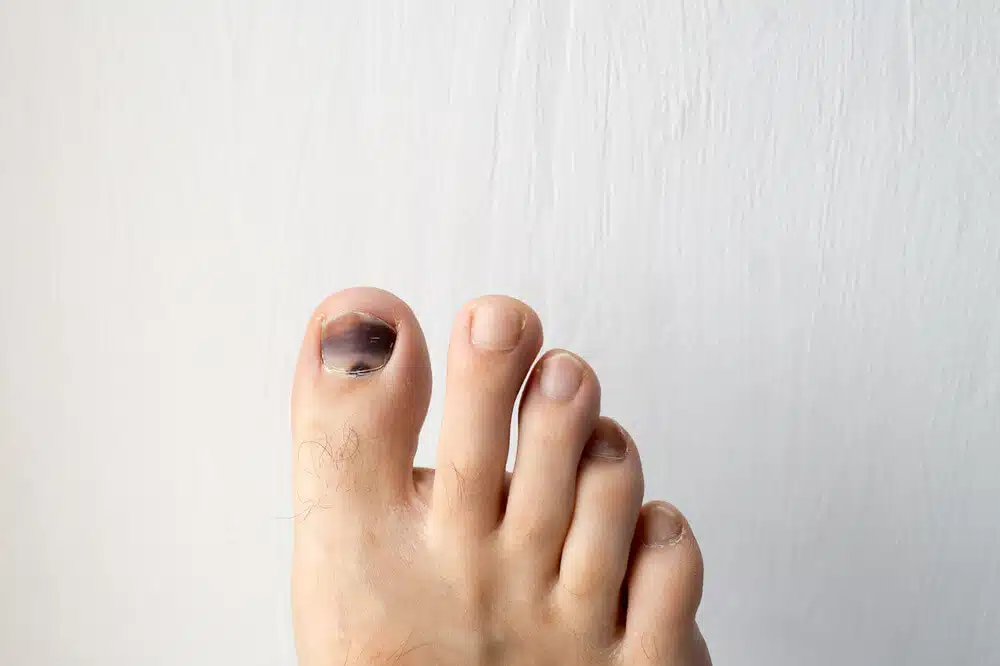
Toenails can change colour due to various reasons. Here are some common discolourations that stray from the natural pink hue, and why it happens:
- Yellow or brown nails: Often a sign of fungal infection and accompanied by nail thickening. This can also be caused by wearing nail polish; the chemicals are absorbed by the structure of the nail, causing yellow staining.
- White spots: Can indicate several issues. They can happen due to minor trauma, kidney issues, yeast infections, cirrhosis, or they may signal something more innocent, like nutritional deficiency— often zinc. If your toenails are entirely white with no pinkish hue, it could possibly be anemia.
- Black, red or purple: Generally caused by trauma (subungual hematoma). The dark colour is essentially bruising underneath the nail. People often notice a black toenail after stubbing it or dropping a hard object on it. Trauma can also cause toenail damage, like cracked toenails.
4. Detached Toenails (Onycholysis)
Sometimes your toenail can start to fall off, which can be alarming. Onycholysis occurs when the nail separates from the nail bed, often due to trauma, fungal infections, or psoriasis. Treatment depends on the underlying cause.
5. Ram’s Horn Toenails (Onychogryphosis)
This condition results in extremely thick and curved toenails that resemble a horn. It is more common in elderly individuals or those with poor circulation. Regular trimming and professional care from a chiropodist or podiatrist are essential for management.
